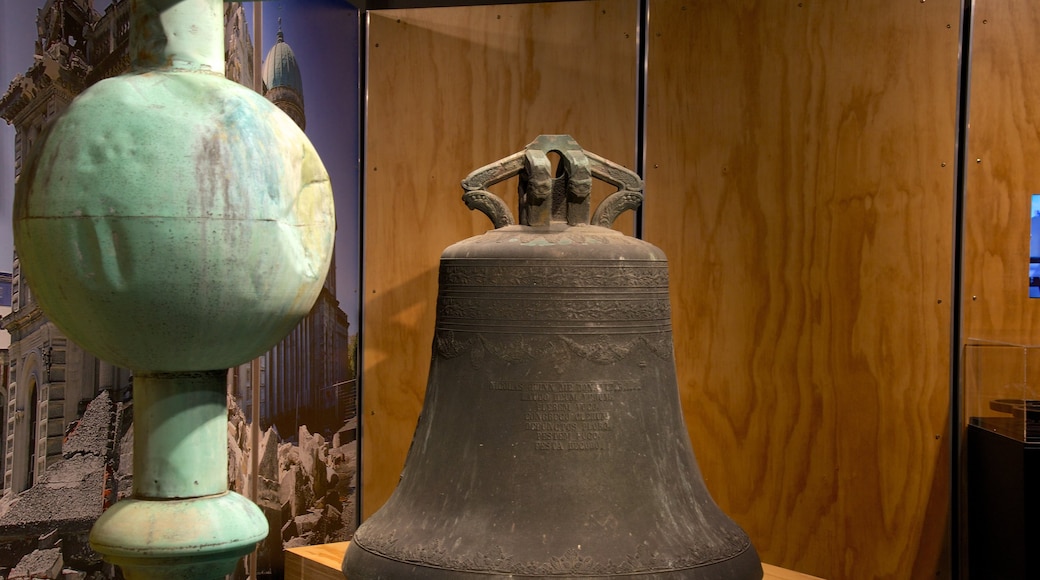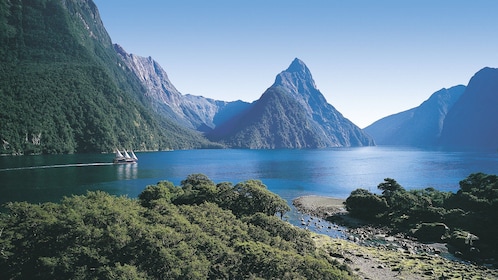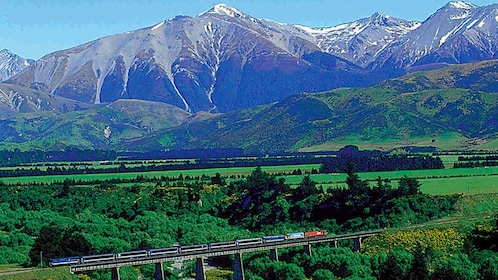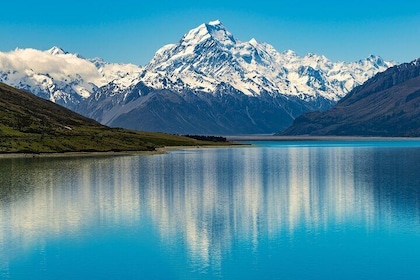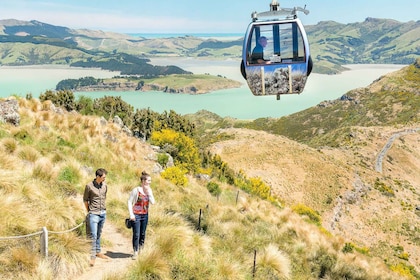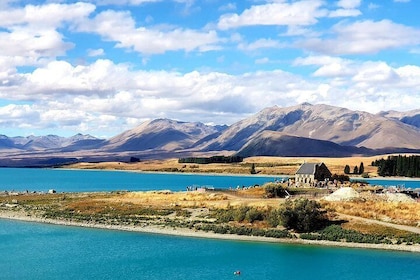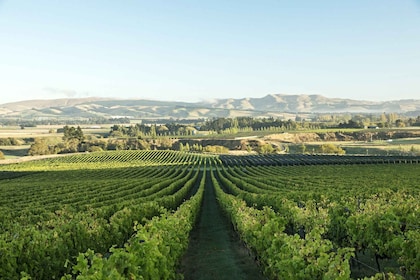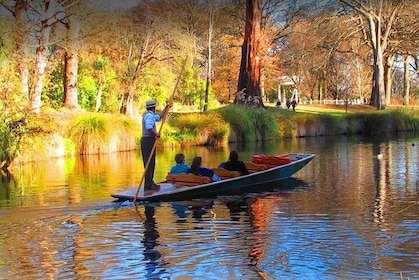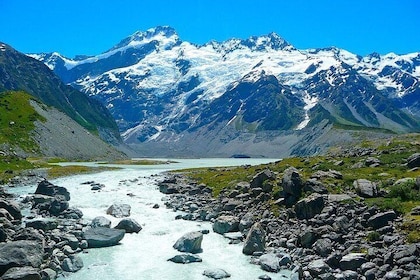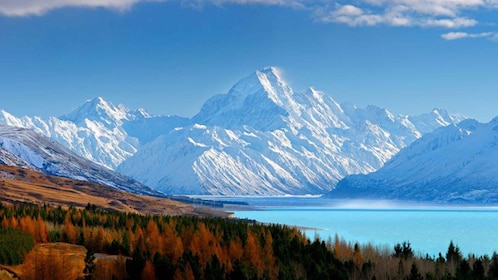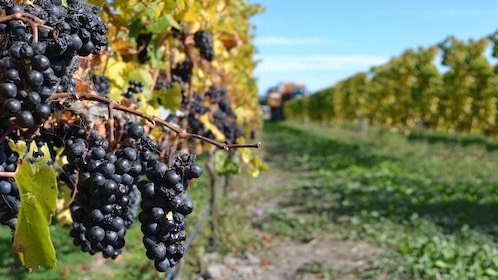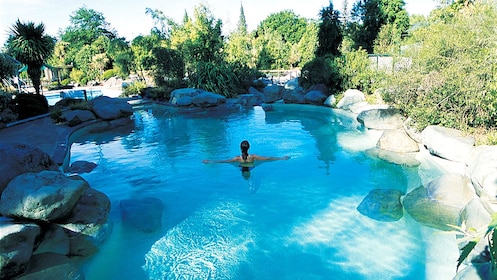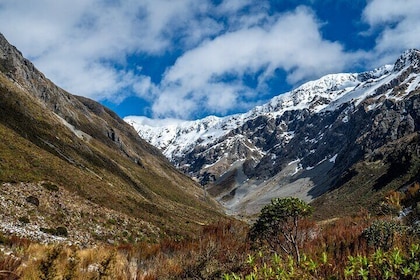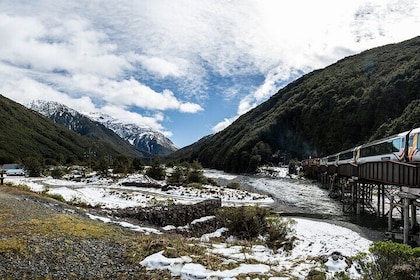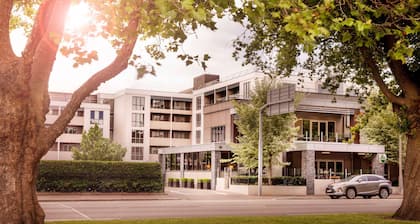Learn about the massive earthquakes that hit Canterbury and Christchurch in 2010 and 2011 when you visit Quake City. Through interactive exhibits, artifacts and eyewitness accounts this Canterbury Museum special exhibition tells the story of the natural disasters and their aftermaths.
Watch multimedia exhibits that explain the science of earthquakes and their causes. Get insights into the process of liquefaction when soil behaves more like a liquid than a solid during ground shaking. As a consequence of this phenomenon during the Canterbury earthquakes, the ground bubbled up and buried streets with clinging mud, some of which was contaminated with sewage. Discover why earthquakes are a fact of life in New Zealand.
See the spire of Christchurch Cathedral, which collapsed during the 2011 quake. Among the other artifacts is a railway station clock that stopped at 1:51 p.m. on 22 February 2011, 1 hour after the earthquake struck.
Hear personal accounts of survivors and those who rushed to help them, including the emergency services, volunteers and international rescue teams. There are tales of loss and of heroism. You can watch their accounts on television screens. Study photographs of quake-damaged buildings and look at equipment used by emergency personnel.
Jump up and down on the spot to see a seismograph in action. This is the instrument that measures the motion of the ground caused by earthquakes and volcanoes.
Peruse exhibits that detail recovery and rebuilding projects that focus on the city’s regeneration. These include up-to-date information on current projects.
Quake City is open daily except for Christmas Day. There are discounts on the admission ticket for seniors and students. Accompanied children under the age of 15 get in for free. Travel by public transportation or drive and park for a fee in spaces in nearby streets.
After your visit to Quake City, explore the rest of Canterbury Museum. It is located in a separate building, about a 5- to 10-minute walk away. Entrance to the museum is free.

